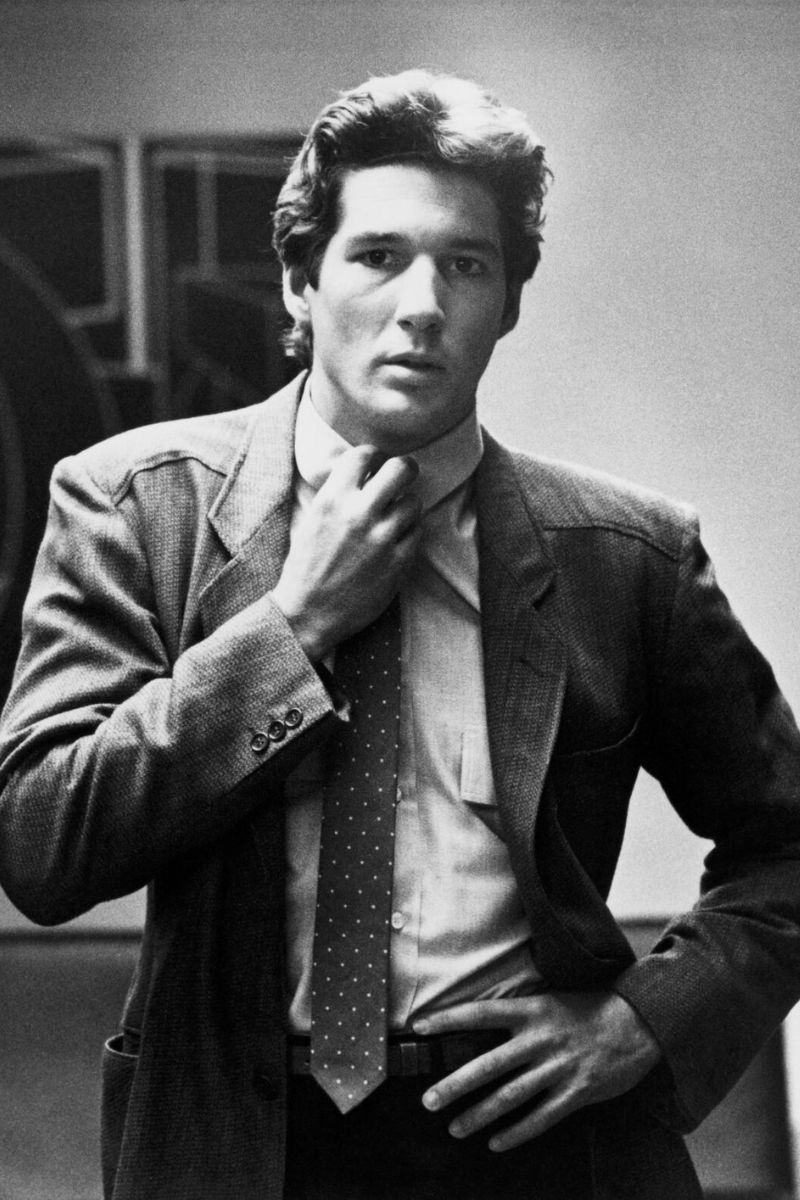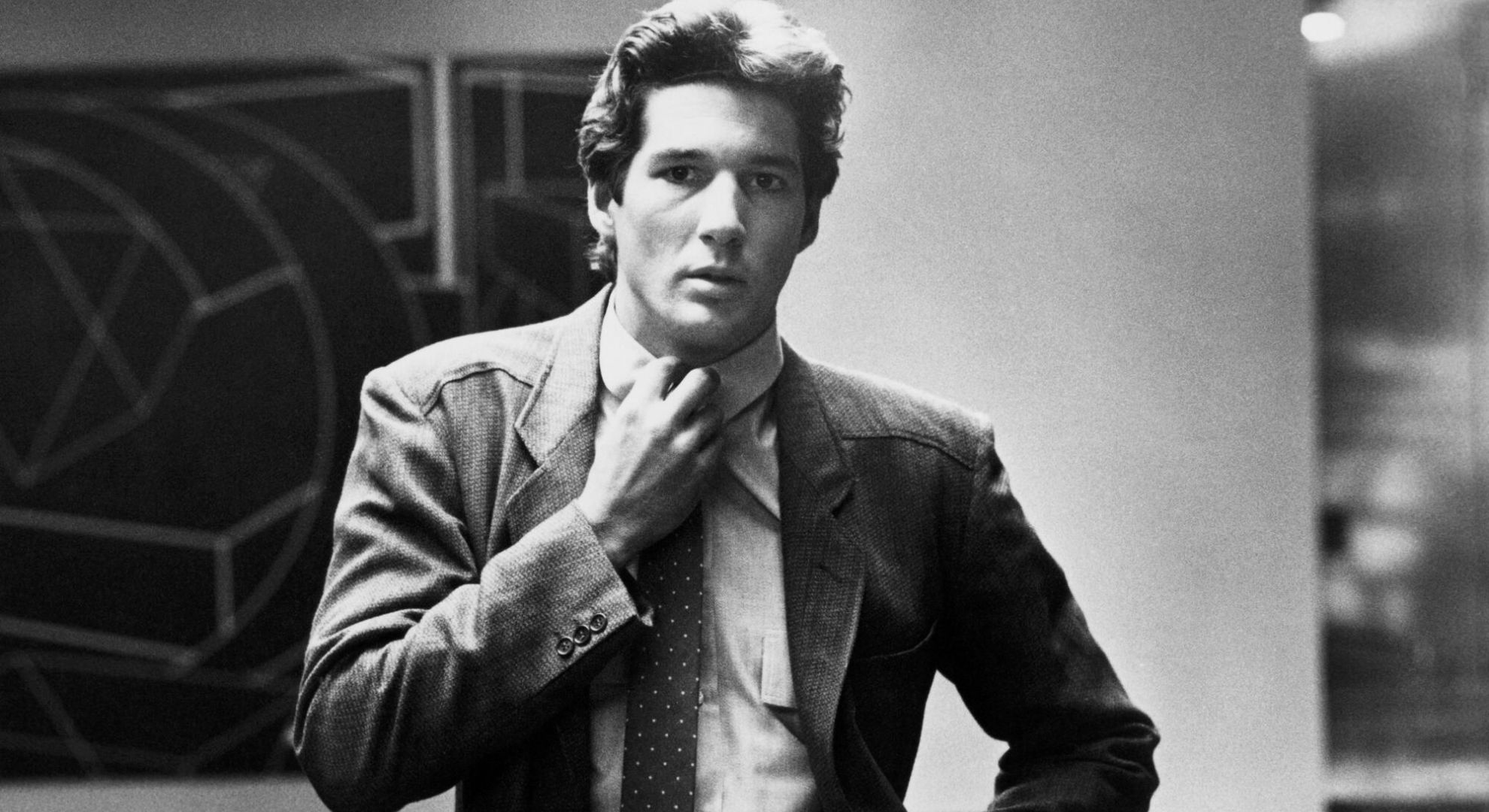Fashion history loves its turning points. Chanel had the little black dress. Dior had the New Look. Armani? He stripped the scaffolding off a suit and made it breathe. Out went the canvassing, the horsehair, the armour-plated padding. What was left were soft shoulders, fluid lapels, and a jacket that moved with you, not against you.
Here’s the trick: it wasn’t some sloppy counterculture shrug. Discipline by subtraction. Something Margiela would later turn into a philosophy, but Armani started small. The waist still had shape, seams did their job, proportions stayed sharp. The jacket had a body, just without the exoskeleton rigidity that defined suits back then. You could almost hear it sigh with relief.
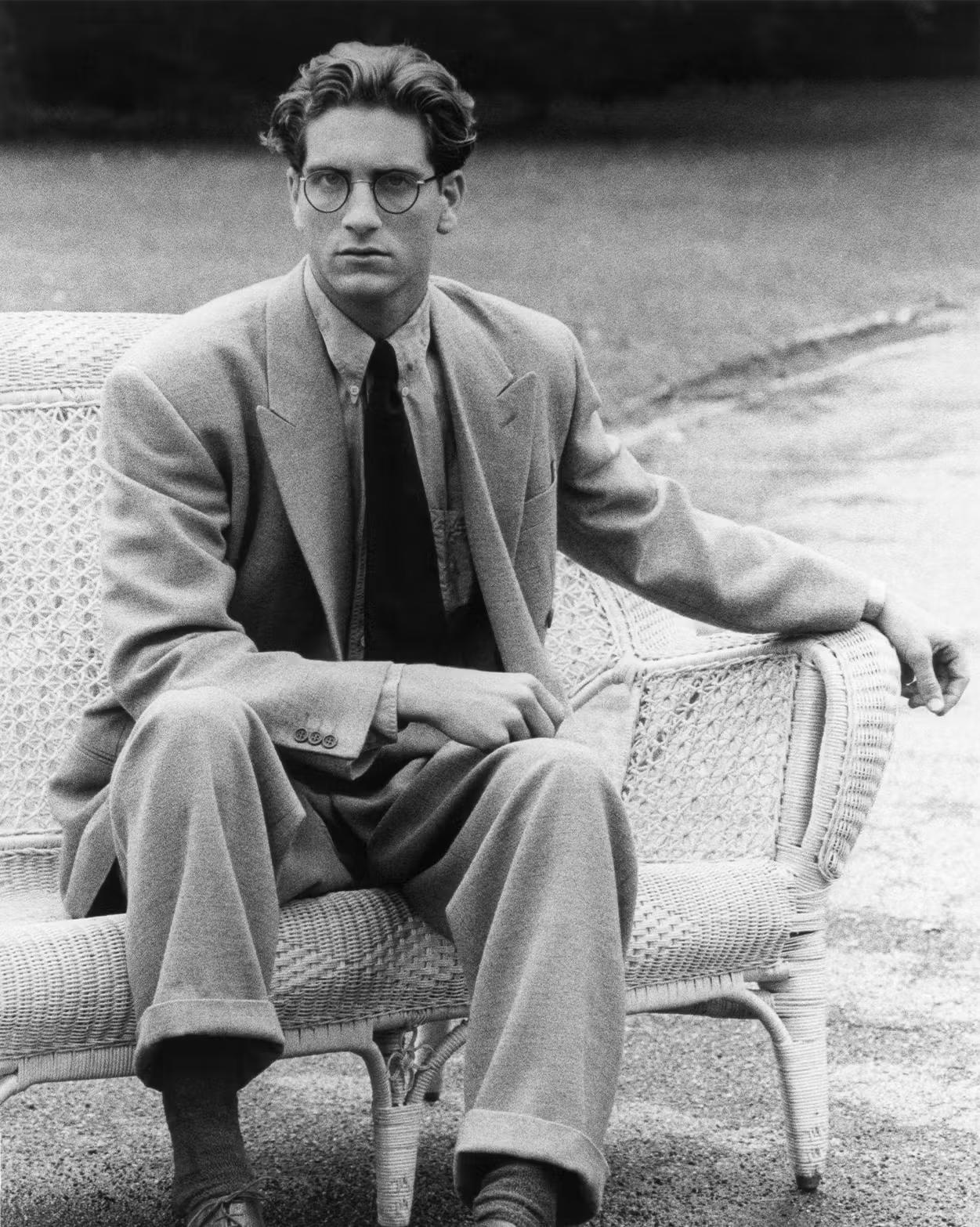
The timing was perfect. The mid-70s were restless. Gender roles were shifting, corporate starch was loosening, power itself was being redefined. Into that climate walked Armani’s jacket, serious enough for the boardroom, soft enough for a drink after surviving it. It worked on men and women. It suggested authority without the shield. When the 80s hit with its shoulder pads, Armani showed he could flex too. But his point never wavered. In his book, power didn’t have to shout.
Colour was his quiet weapon. If Chanel’s language was black and Dior’s was the cinched waist, Armani spoke greige. Grey plus beige, drained of spectacle. Let cut, texture, and movement do the talking. In Milan, where flamboyance is a reflex, Armani decided the most radical gesture was restraint.
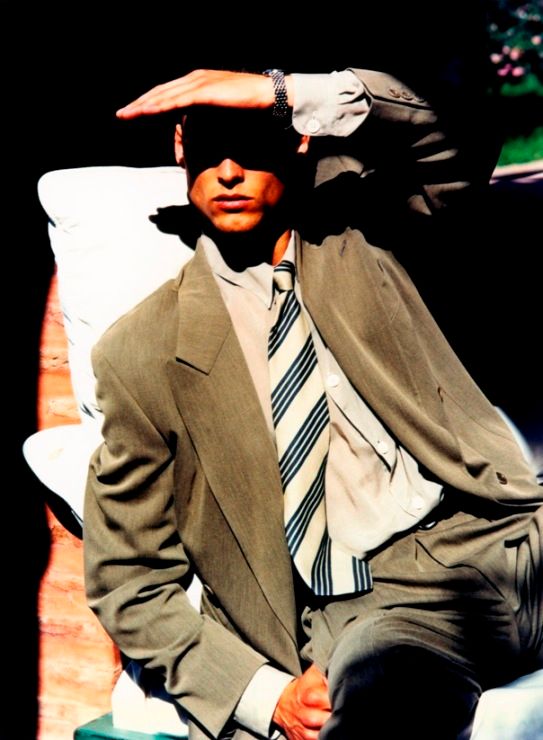
Strip away the skeleton and the cut has nowhere to hide. His jackets had higher armholes for mobility, sleeves dialled in with surgical precision, tropical wool and gabardine that draped without collapsing. Lapels narrowed, button stance dipped, torsos elongated. Even the barchetta pocket, curved like a little boat, added lift without bulk. Weird little things, really, but somehow magic. What looked effortless demanded obsession. As he once said, “To create something exceptional, your mindset must be relentlessly focused on the smallest detail.”
Cinema sealed the deal. Richard Gere sliding open that wardrobe in American Gigolo did more than a thousand ads could. A row of soft jackets in muted tones, not just a closet, but a manifesto. Gere’s languid, precise silhouette rewrote masculinity on screen, powerful without stiffness, sensual without camp. From then on, Armani and the unstructured jacket were inseparable.
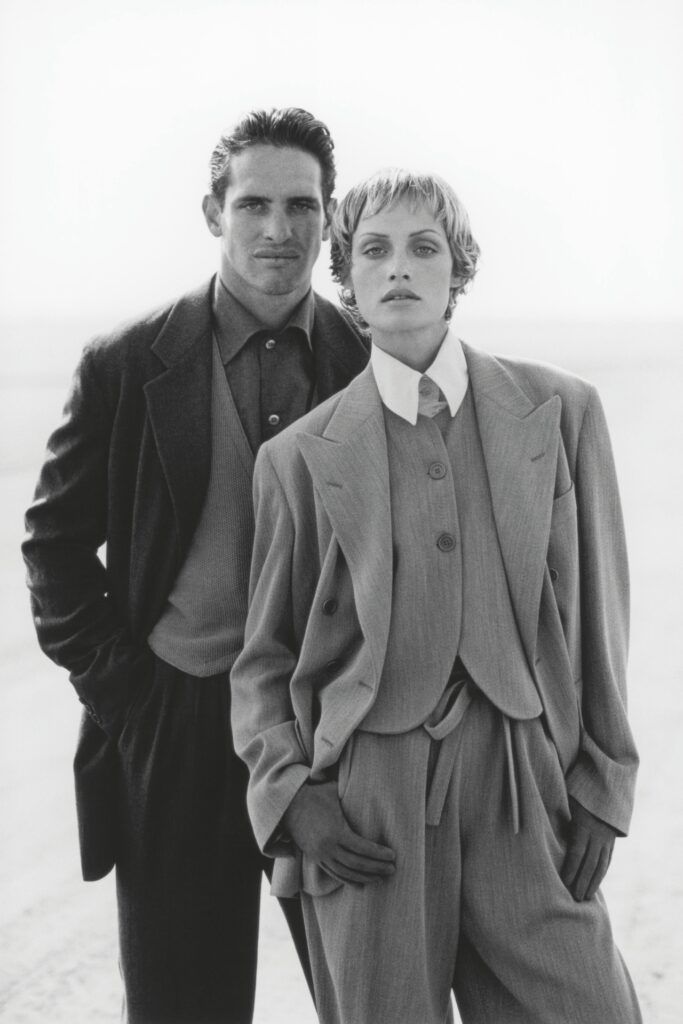
The revolution, though, was practical. Luxury had always meant hidden scaffolding. Armani said luxury could be ease. Jackets became lighter, cooler, packable. They worked with jeans or worsted trousers. They travelled. Wrinkles dropped out on their own. Suddenly authority wasn’t about layers of canvas and padding. It was about fabric, proportion, intention.
Menswear took the cue. Natural shoulders dethroned military rigour. Texture pushed out pinstripes. Jackets met T-shirts, sneakers, knitwear, and didn’t look like a costume. Women borrowed men’s fabrics, men borrowed women’s ease. Armani gave both a shared language.
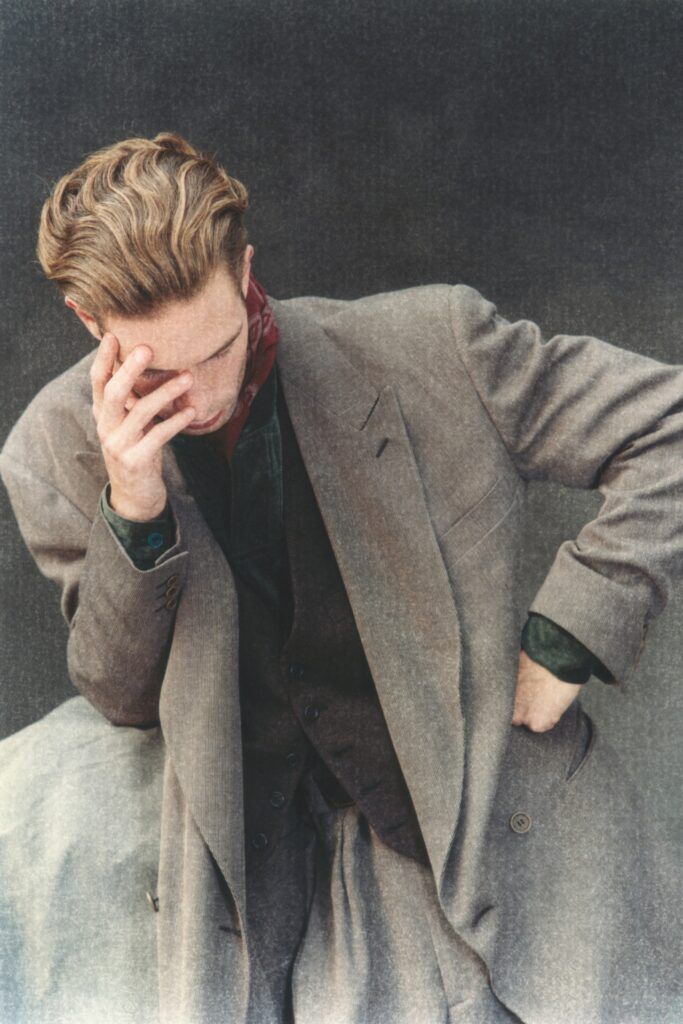
And his grammar spread. Yamamoto and Kawakubo bent fluidity into avant-garde shapes. American sportswear built a whole identity out of ease. Italian houses from Zegna to Prada absorbed his DNA. Today’s unlined Neapolitan blazer, the designer sports coat, even half of smart casual, all of it traces back to that one jacket.
The deeper legacy is cultural. Armani didn’t just change clothes, he changed the way men were seen. Power could look approachable. Masculinity could be supple. Authority could come without the clank of armour. American Gigolo archived the idea, but the resonance is everywhere, in offices, restaurants, screens. And yes, people still mimic that pose in front of their wardrobes, I suspect.
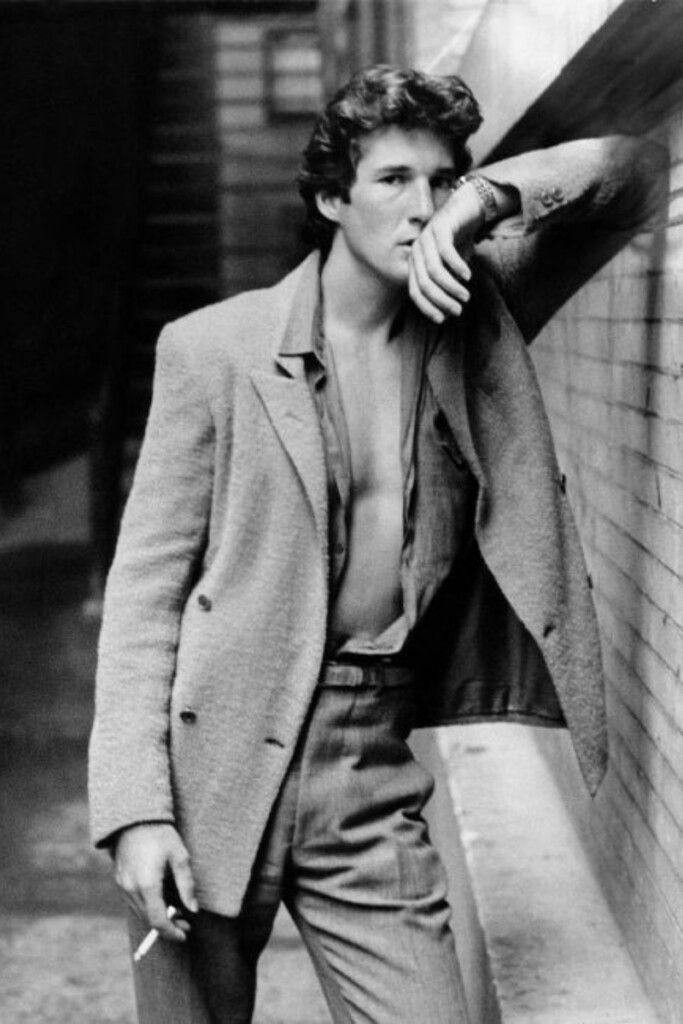
Half a century later, his fingerprints are all over 2025 runways. Soft shoulders are the default. Half-lined jackets are standard. Greige still rules luxury, now alongside navy and ecru. Even streetwear hybrids owe him a debt. Every soft blazer in every wardrobe today, from fast fashion to bespoke, is still repeating his argument from 1975.
And that’s the point. Armani’s revolution wasn’t spectacle. It was subtraction. A jacket that moved with you. A suit that projected power without armour. Fifty years later, it doesn’t just feel modern. It feels necessary. Armani didn’t only rethink the suit. He reimagined authority in softer, sharper lines. And yes, we’re still living in that world.
